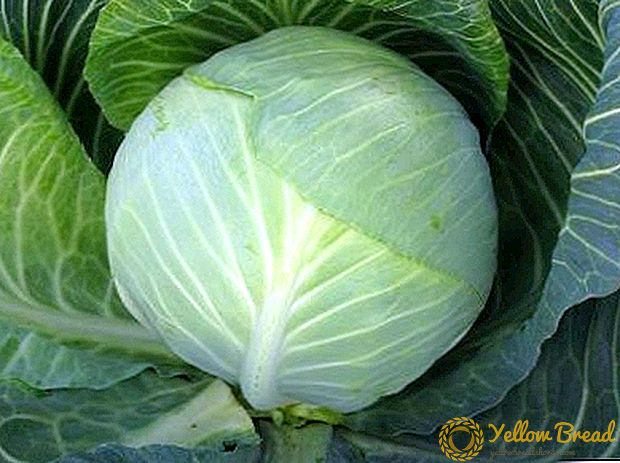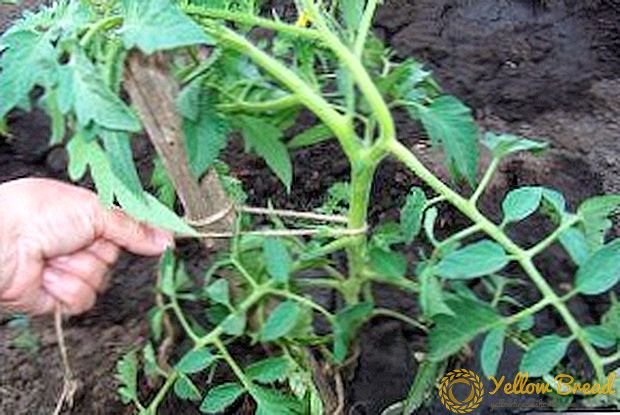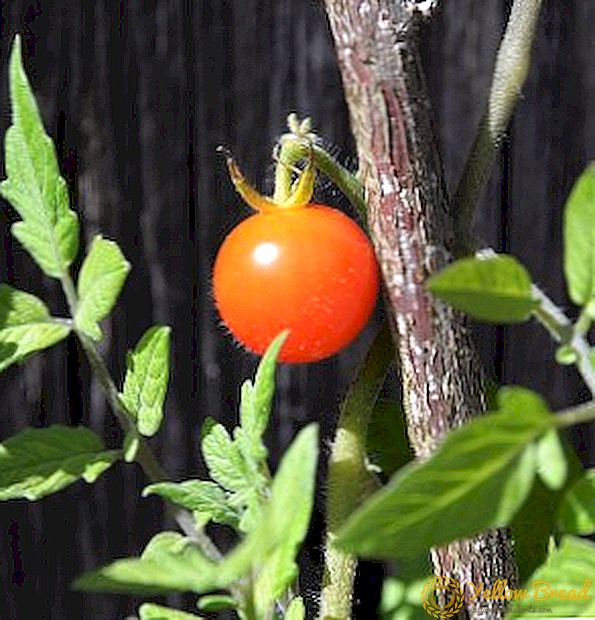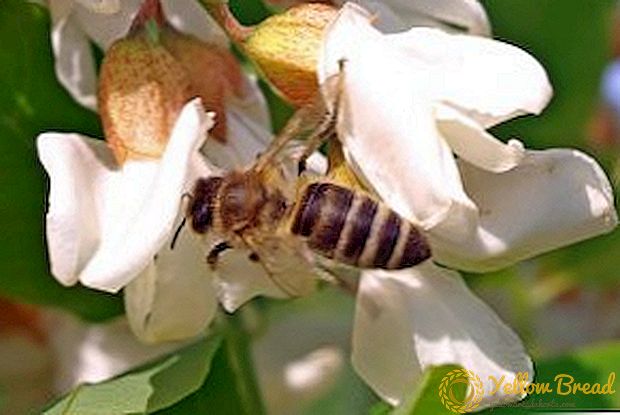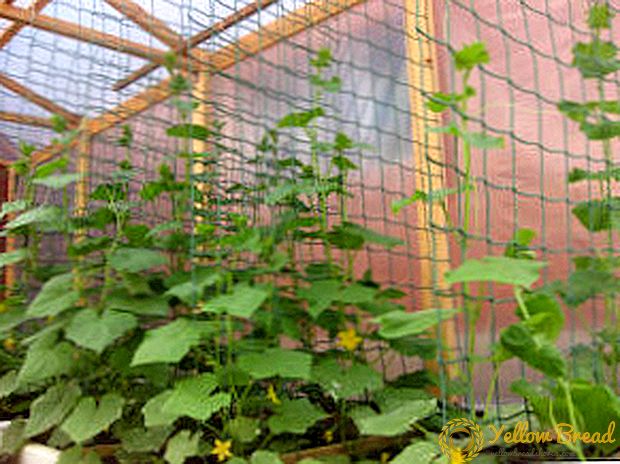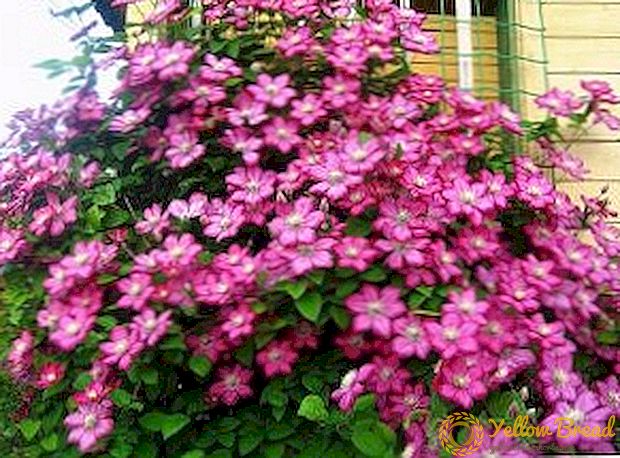 In our area, clematis began to grow recently, and bred species already existing in nature due to medicinal properties. Hybrid ornamental plants became popular two centuries ago due to the beauty and ease of care.
In our area, clematis began to grow recently, and bred species already existing in nature due to medicinal properties. Hybrid ornamental plants became popular two centuries ago due to the beauty and ease of care.
- Clematis Ville de Lyon: Description
- Features landing clematis Ville de Lyon
- Choosing a landing site
- Soil requirements
- Important points when planting clematis Ville de Lyon
- Features care for the brand Ville de Lyon
- Clematis resistance to diseases and pests
Clematis Ville de Lyon: Description
Sort Ville de Lyon French origin, as evidenced by its name. This is a shrub type liana with long stems up to three and a half meters, the color of shoots is brown-red. Flowers bloom in July and continue flowering until mid-August. Large flowers have a red color with a touch of carmine, flowers have long pubescent stamens. Wil de Lyon - clematis winter-hardy, also in the description says that the plant is not exposed to fungal diseases. As the plant grows older, its flowers become shallower and acquire violet hues. Beautiful in the design of arbors and outdoor terraces. 
Features landing clematis Ville de Lyon
Planting is suitable for clematis in both spring and autumn, but for the Ville de Lyon variety, September and October are the best periods. The distance between the seedlings is left up to 80 cm. When planting, the roots of the plant are dipped in a clay mash. The seedling is deepened so that the lower bud is located at a depth of eight centimeters from the ground surface.
Choosing a landing site
Clematis flowers Ville de Lyon tend to fade in the sun, yet the flower loves sunny places, so a plot with light penumbra is the best place to plant a plant. When choosing a place, pay attention to the flow of groundwater, the plant does not need an excess of moisture. 
Soil requirements
Clematis Wil n Lyon needs nutrient soils. When planting in the hole add humus (bucket), superphosphate (50 grams), wood ash (400 grams). With increased acidity of the soil contribute 200 grams of lime. The soil should pass moisture well, therefore drainage is laid on the bottom of the pit (large pebbles, brick fragments).
Important points when planting clematis Ville de Lyon
Clematis grandiflora Wil de Lyon needs support. The height of the support is not less than two meters, the width is one and a half meters. The netting of the chain-link will be most suitable as a support, on it the plant will be located as it is convenient for it. 
Another feature is the condition of coolness for the root system. Pristvolny circle plants necessarily cover mulch. Often low plants are planted around the clematis for better shading of the roots.
Features care for the brand Ville de Lyon
 Clematis Ville de Lyon is unpretentious in care. Up to three times per season, it is fertilized with formulations for flowering crops. Water as the soil dries abundantly.In winter, the plant is covered, spuding and mulching with peat.
Clematis Ville de Lyon is unpretentious in care. Up to three times per season, it is fertilized with formulations for flowering crops. Water as the soil dries abundantly.In winter, the plant is covered, spuding and mulching with peat.
Klimatis Ville de Lyon belongs to the third pruning group. The third group includes plants with large flowers, and this form of cutting is considered the easiest. For the procedure, prepare a secateur with well-honed blades. Shoots are cut seven millimeters above the bud. After pruning each plant, wipe the instrument with an alcohol solution for safety. Clematis Ville de Lyon in spring pruning cut off all the shoots so as to leave 20 cm from the soil surface. Thus stimulate lush flowering.
Clematis resistance to diseases and pests
Clematis most often suffer from wilting. The cause may be fungal infections: fusarium, powdery mildew. For the prevention of plants in the spring process Bordeaux liquid or solution of copper sulphate (1%). The procedure is repeated in the fall. Despite the fact that the clematis variety Wil de Lyon is immune to diseases and pests, it is better to protect the plants.If you find a disease, cut off all the affected parts and treat the bush with fungicides.
In conclusion, advice from experienced gardeners: good watering will be a good preventive measure - you need to water with warm water, under a bush, trying not to wet the shoots and leaves. A good move will be planting around clematis plants that have the property to scare away insects, such as marigolds or marigolds, these plants also have fungicidal properties.

